What is Schedule 20 Steel Pipe
Schedule 20 steel pipe is one of the most common and widely used steel types in the steel pipe industry, favored by many users for its excellent performance and affordable price. Due to its cost-effectiveness and high-quality, Schedule 20 steel pipes are used extensively around the world, though different countries have various ways of representing this steel type. Steel pipes come in various grades and categories. Categories are based on the pipe wall thickness, while grades are determined by the pipe's performance. Schedule 20 is one such category, known for its corrosion resistance and ability to operate under low-pressure conditions. The pipe's wall thickness, measured in millimeters, directly influences its pressure-handling capacity. The pressure rating of Schedule 20 pipes provides information about the specific pressure capabilities of the pipes.
The ASME/ANSI B36.10 standard includes standard dimensions for Schedule 20 pipes. Steel pipes are classified into different grades and categories based on their characteristics and wall thickness. Schedule 20 steel pipes are widely recognized for their corrosion resistance, chemical compatibility, and ability to function under low pressure. The thickness of Schedule 20 pipes, measured in millimeters, determines their pressure-handling capacity, and the pressure rating helps identify the appropriate applications for these pipes.
International Standards for Schedule 20 Steel Pipes
Here is a summary of how different countries represent Schedule 20 steel pipes:
China's GB/JB standard steel grade: 20
Taiwan CNS standard steel grade: S20C
Germany DIN material number: 1.0402
Germany DIN steel grade: CK22/C22
UK BS standard steel grade: IC22
France AFNOR standard steel grade: CC20
France NF standard steel grade: C22
Italy UNI standard steel grade: C20/C21
Belgium NBN standard steel grade: C25-1
Sweden SS standard steel grade: 1450
Spain UNE standard steel grade: F.112
USA AISI/SAE standard steel grade: 1020
Japan JIS standard steel grade: S20C/S22C
Due to its high strength and lightweight structure, Schedule 20 steel pipe plays a vital role in many applications. Compared to other types of steel pipes like
Schedule 40 or
Schedule 80, Schedule 20 pipes have thinner walls and are lighter in weight.
All these characteristics make Schedule 20 steel pipes ideal for low-pressure and moderate mechanical stress applications. Therefore, they can be used for transporting low-pressure fluids and gases. For applications that do not require high pressure or hazardous conditions, they are even more cost-effective.
Schedule 20 Stainless Steel Pipes
Schedule 20 steel pipes are indeed available in different grades and types, with each type having a specific use depending on its characteristics and wall thickness. Schedule 20 steel pipe is a notable example, recognized for its corrosion resistance and suitability for low-pressure applications. These pipes also demonstrate chemical compatibility with various substances.
The thickness of Schedule 20 pipes, measured in millimeters, determines their pressure-handling capability. The pressure rating of Schedule 20 pipes provides information on the maximum pressure they can handle without failure. The rating offers valuable insight into the pressure-handling capability of Schedule 20 steel pipes.
Common Applications for Schedule 20 Stainless Steel Pipes
Schedule 20 stainless steel pipes are used in a wide range of industries and sectors due to their unique properties and functions. Some common applications include:
Plumbing and Water Supply: Schedule 20 pipes are used in medium-pressure plumbing systems.
HVAC (Heating, Ventilation, and Air Conditioning): Schedule 20 pipes are used in HVAC systems to transport water, steam, or other fluids during heating and cooling processes.
Process Piping: These pipes are suitable for use in industries such as chemicals, pharmaceuticals, food and beverage, and petrochemicals, where moderate pressure and temperature are required.
Low-Pressure Systems: Schedule 20 pipes are commonly used in low-pressure systems, including gravity-fed septic systems, drainage systems, and rainwater management systems.
General Industrial Applications: Schedule 20 stainless steel pipes are widely used in various general industrial applications, such as the transportation of liquids, gases, and structural support.
When selecting pipes, it is important to consider specific project requirements and parameters, including the nature of the fluids being transported, temperature, pressure, and industry-specific regulations. Consulting industry standards and guidelines, as well as seeking professional advice, can help ensure appropriate pipe choices for specific applications.
Schedule 20 Seamless Steel Pipe
Schedule 20
seamless steel pipe is a high-quality product made from premium carbon structural steel materials, offering excellent strength and superior processing performance. It is manufactured using a perforation process to create a tube blank, followed by hot rolling, cold rolling, or cold drawing processes to produce the finished product. Schedule 20 seamless steel pipe is considered low-carbon steel, and carbon steel is divided into low-carbon, medium-carbon, and high-carbon categories based on carbon content. Due to its low carbon content, Schedule 20 seamless steel pipes are widely used in structural pipes, fluid pipes, and low to medium pressure boiler pipes.
Specifications and Standards
Schedule 20 seamless steel pipes are made from high-quality carbon steel, and their specifications include GB/T8162-2008, GB/T8163-2008, GB3087-2008, GB6479-2000, and GB9948-2006. They are widely used in the transportation of petroleum, natural gas, coal gas, water, and some solid materials. Compared to 15-gauge steel pipes, Schedule 20 seamless pipes offer slightly higher strength and have good cold-forming plasticity, making them suitable for bending, rolling, flanging, and hammer arch processing. These pipes also have excellent weldability, making them ideal for arc welding and contact welding processes. When the pipe thickness is low, gas welding can also be applied, making Schedule 20 pipes suitable for manufacturing parts with strict shape requirements or complex structures.
In addition,
Schedule 20 seamless pipes exhibit good machinability, making them suitable for manufacturing components that do not require high stress but demand a certain level of toughness. Their hardness is slightly lower than that of 45-gauge seamless steel pipes. These characteristics make Schedule 20 steel pipes a cost-effective and versatile choice for various industries and applications.






 English
English Español
Español بالعربية
بالعربية
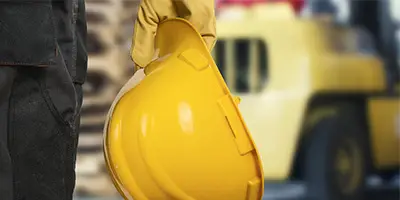
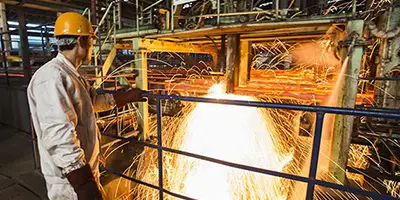
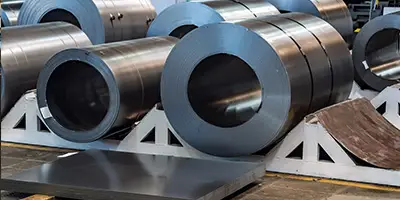

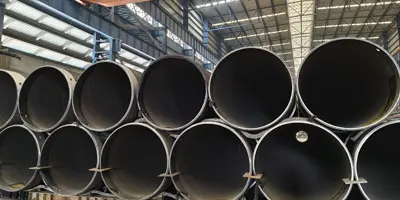
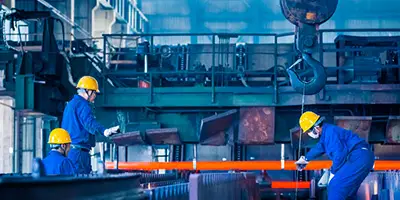
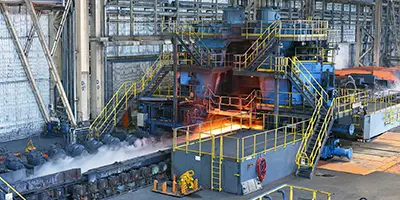



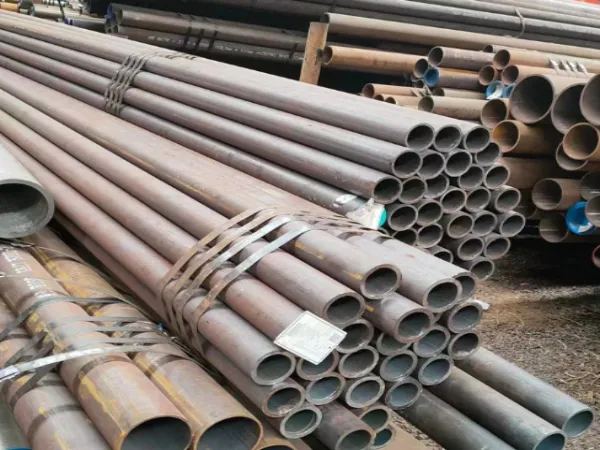
 Phone :
Phone :  Whatsapp :
Whatsapp :  Email :
Email : 


